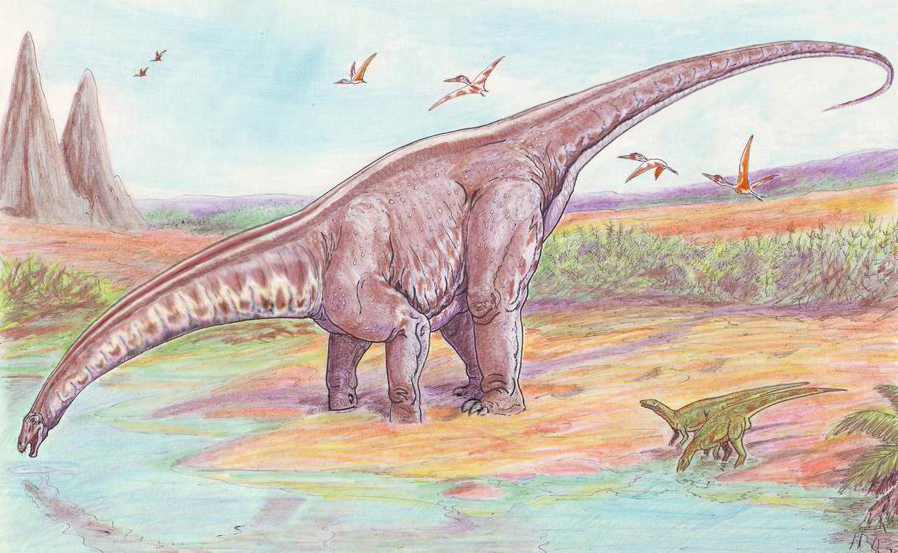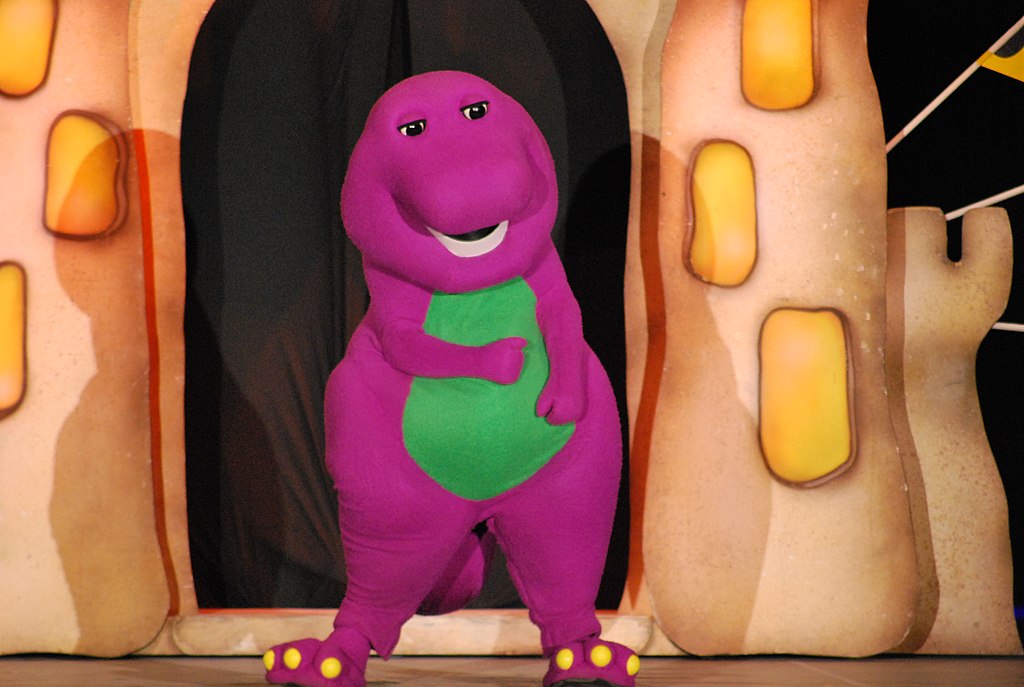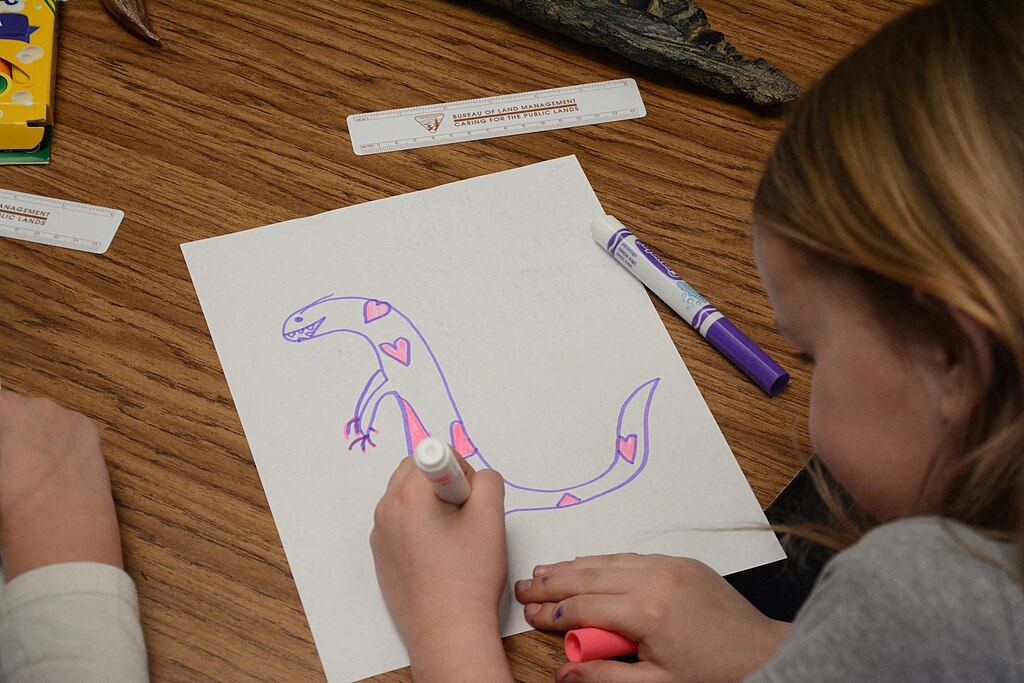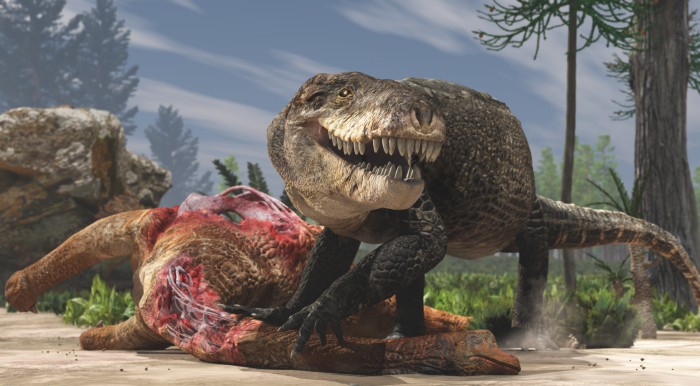Dinosaurs have captivated children’s imaginations for generations, transforming from scientific curiosities to beloved characters in books, television shows, movies, and toys. This remarkable journey from fossilized remains to pop culture icons represents one of the most successful integrations of scientific knowledge into children’s entertainment. The evolution of dinosaurs in children’s media reflects changing scientific understanding, cultural trends, and educational philosophies across decades. From scientifically accurate portrayals to fantastical interpretations, dinosaurs have maintained their grip on young minds while simultaneously educating and entertaining. This article explores how these prehistoric creatures conquered children’s media and why they continue to fascinate young audiences worldwide.
The Victorian Dinosaur Craze: Early Foundations

The popularization of dinosaurs in children’s culture can be traced back to the Victorian era, when paleontological discoveries first captured public imagination. Following Richard Owen’s coining of the term “Dinosauria” in 1842, these prehistoric creatures began appearing in educational materials aimed at children. Crystal Palace Park in London, completed in 1854, featured life-sized dinosaur sculptures that became an immediate sensation among families. Though scientifically inaccurate by today’s standards, these early representations sparked children’s fascination with prehistoric life. Books like “The Children’s Book of Dinosaurs” began appearing by the late 19th century, simplifying complex paleontological concepts for young readers. This period established dinosaurs as educational subjects that could simultaneously entertain and instruct children about natural history.
Scientific Accuracy Versus Imagination

Throughout their evolution in children’s media, dinosaurs have straddled the line between scientific accuracy and creative imagination. Early depictions often portrayed dinosaurs as slow, lumbering reptiles dragging their tails behind them—a view that persisted well into the 20th century. As paleontological research advanced, particularly in the 1970s “Dinosaur Renaissance,” media depictions gradually incorporated new scientific understanding, showing dinosaurs as active, intelligent animals. However, children’s media has often selectively applied scientific accuracy, prioritizing entertainment value when necessary. This tension between education and entertainment has created a spectrum of dinosaur portrayals, from meticulously researched documentaries to wholly fantastical interpretations featuring talking, singing dinosaurs with human characteristics. This flexibility has allowed dinosaurs to remain relevant across different formats and age groups, adapting to changing audience preferences while maintaining their essential appeal.
Dinosaurs Enter Animation: The Land Before Time

A watershed moment in dinosaur media for children came with the 1988 release of Don Bluth’s animated film “The Land Before Time.” This emotional story of orphaned dinosaur Littlefoot and his friends journeying to the Great Valley represented one of the first major animated features centered entirely on dinosaur characters. The film struck a delicate balance between anthropomorphizing its dinosaur protagonists while maintaining enough scientific plausibility to feel educational. Its success spawned thirteen direct-to-video sequels and a television series, creating multiple generations of children who grew up emotionally invested in these prehistoric characters. The franchise introduced specific dinosaur terminology to millions of children, teaching them to distinguish between “longnecks” (sauropods), “three-horns” (ceratopsians), and “sharpteeth” (theropods). “The Land Before Time” demonstrated that dinosaur stories could carry emotional weight and moral lessons while simultaneously educating children about prehistoric life.
The Jurassic Park Revolution

Steven Spielberg’s 1993 blockbuster “Jurassic Park” fundamentally transformed how dinosaurs were portrayed in media for all ages, including children. Although rated PG-13, the film and its merchandise profoundly influenced children’s dinosaur media through its groundbreaking special effects that made dinosaurs seem more realistic than ever before. Jurassic Park’s velociraptors, Tyrannosaurus rex, and dilophosaurus became instant cultural icons, appearing on everything from lunch boxes to bedsheets. The film sparked what paleontologists call “dinomania,” a resurgence of public interest in dinosaurs that led to increased museum attendance and dinosaur-themed merchandise sales. Children’s books, educational programs, and toys rushed to incorporate the more active, intelligent dinosaur portrayals featured in the film. Even children too young to watch the movie itself were exposed to its revolutionary dinosaur designs through merchandise, creating a new standard for visual representation of dinosaurs in all children’s media that followed.
Barney and Friends: Making Dinosaurs Approachable

While “Jurassic Park” made dinosaurs thrilling, “Barney and Friends” made them approachable for the youngest viewers. Premiering in 1992, this PBS children’s show featured a friendly purple Tyrannosaurus rex who taught preschoolers social skills through songs and gentle play. Barney represented a complete departure from scientific accuracy in favor of creating a non-threatening dinosaur character who could connect with very young children. The show’s phenomenal success demonstrated that dinosaurs could transcend their fearsome reputation to become nurturing, educational figures. Barney’s catchphrase “I love you, you love me” created positive associations with dinosaurs for millions of preschoolers. Though often mocked by older audiences, Barney’s cultural impact was undeniable, proving that dinosaurs could be marketed successfully to children across the entire age spectrum—from toddlers fascinated by a friendly purple dinosaur to teenagers thrilled by the predators of Jurassic Park.
Educational Television: Dinosaur Train

The PBS series “Dinosaur Train,” which premiered in 2009, represents perhaps the most successful marriage of entertainment and education in children’s dinosaur media. Created with input from paleontologists, the animated series follows a young Tyrannosaurus rex named Buddy who travels through time with his adopted Pteranodon family, learning about different dinosaur species. Each episode concludes with paleontologist Dr. Scott Sampson explaining the real science behind the dinosaurs featured. The show cleverly uses the appealing train concept to explore dinosaurs from different time periods, teaching children about dinosaur diversity, habitats, and behaviors. “Dinosaur Train” has been praised for its scientifically accurate portrayals within an engaging narrative framework that appeals to preschoolers. The show demonstrates the evolution of children’s dinosaur media toward models that entertain while genuinely educating, using dinosaurs as vehicles for teaching broader concepts about natural history, adaptation, and scientific methodology.
Dinosaurs as Educational Tools

Educators have long recognized dinosaurs’ unique ability to serve as “gateway creatures” that introduce children to scientific concepts. Dinosaur-themed curricula have become standard in elementary education, using children’s innate fascination with these creatures to teach classification, adaptation, extinction, and geological time. Children who memorize complex dinosaur names and characteristics often develop increased vocabulary skills and scientific literacy that transfer to other subjects. Museums worldwide have expanded their dinosaur exhibits with interactive components specifically designed for young visitors, recognizing that dinosaurs often represent children’s first meaningful engagement with scientific institutions. Educational apps and games featuring dinosaurs have proliferated in the digital age, teaching everything from basic counting to complex concepts in evolutionary biology. Research consistently shows that dinosaur enthusiasm correlates with increased scientific curiosity and literacy, making these prehistoric creatures valuable pedagogical tools across multiple educational platforms and philosophies.
Dinosaur Merchandising: From Toys to Clothing

Dinosaur merchandising has evolved into a multi-billion dollar industry targeting children across all demographic groups. Dinosaur toys range from scientifically accurate models marketed to budding paleontologists to fantastical interpretations aimed at imaginative play. Companies like Schleich, Safari Ltd, and Papo compete to create increasingly detailed and scientifically accurate dinosaur figurines, while others produce more whimsical interpretations. LEGO has released numerous dinosaur-themed sets, including collaborations with Jurassic World that consistently rank among their bestsellers. Beyond toys, dinosaur imagery appears on children’s clothing, bedding, backpacks, lunch boxes, and virtually every other consumer product marketed to youth. This merchandising success stems from dinosaurs’ unique position as creatures that feel simultaneously educational and entertaining, allowing parents to justify purchases as potentially educational while children simply enjoy their inherent appeal. The dinosaur merchandise ecosystem has created a feedback loop where media properties inspire toy purchases, which in turn increase demand for more dinosaur content.
The Rise of Dinosaur Video Games

Video games have emerged as a significant medium for children’s engagement with dinosaurs, offering immersive experiences beyond passive consumption. Educational games like “Dinosaur Detective” teach children about paleontology through problem-solving scenarios, while action-oriented titles let players experience dinosaur worlds firsthand. Minecraft’s popularity has spawned numerous dinosaur mods and expansion packs that allow children to create their own prehistoric environments. The enormous success of “Ark: Survival Evolved,” though rated for teens, has influenced children’s dinosaur gaming through its YouTube presence and more family-friendly spin-offs. Mobile games featuring dinosaurs consistently rank among the most downloaded apps for children, offering everything from simple matching games for preschoolers to complex ecosystem simulations for older children. These interactive experiences represent an evolution in children’s dinosaur media, allowing young people to actively participate in dinosaur narratives rather than simply consuming them, creating deeper engagement with paleontological concepts through play.
The Global Phenomenon: Dinosaurs Across Cultures

The popularity of dinosaurs in children’s media transcends cultural boundaries, with distinctive interpretations emerging across different countries. Japan has produced unique dinosaur characters like Gon, a manga and anime series featuring a small, indestructible dinosaur navigating the modern world. Korean children’s television has created characters like Dooly the Little Dinosaur, who became a cultural icon. European productions often emphasize educational content, while South American media frequently incorporates local paleontological discoveries that differ from the North American specimens most familiar to global audiences. China, with its rich dinosaur fossil history, has developed extensive children’s media showcasing its unique paleontological heritage, including the popular animated series “Dinosaur King.” This global reach demonstrates dinosaurs’ universal appeal to children regardless of cultural background. The consistent fascination across different societies suggests something fundamental about how dinosaurs capture children’s imaginations, transcending language barriers and cultural differences to become truly global icons in children’s entertainment.
Digital Age Evolution: Dinosaurs in YouTube and Streaming

The digital age has transformed how children consume dinosaur content, with streaming platforms and YouTube channels devoted to prehistoric creatures garnering billions of views. Channels like “Dinosaurs for Kids” and “Dino Dana” provide on-demand dinosaur content specifically tailored to young viewers. The “unboxing” phenomenon has expanded to include dinosaur toys, with channels dedicated to reviewing and playing with the latest prehistoric figures. Animation studios have created short-form dinosaur content exclusively for digital platforms, responding to children’s changing viewing habits. Netflix, Disney+, and other streaming services have invested heavily in dinosaur programming, including reboots of classic properties and entirely new series designed for binge-watching. This digital evolution has democratized dinosaur content creation, allowing paleontology enthusiasts to create educational videos that sometimes reach larger audiences than traditional media. The algorithmic nature of these platforms means that children who express interest in dinosaur content are continuously recommended similar videos, potentially deepening their engagement with the subject through sustained exposure.
The Psychology Behind Dinosaur Appeal

Developmental psychologists have identified several factors that explain dinosaurs’ persistent appeal to children. Their combination of familiarity and strangeness—recognizably animal-like yet exotic and fantastic—creates cognitive fascination. Dinosaurs embody the characteristics that naturally attract children’s attention: they are large, dangerous, extinct, and possess extreme physical features like enormous size, sharp teeth, or unusual appendages. For many children, dinosaurs represent a safe way to process concepts of danger and fear, allowing them to explore scary ideas from a safe distance. Mastering complex dinosaur names and facts provides children with expertise in a domain valued by both peers and adults, boosting confidence and social standing. Gender researchers note that dinosaurs often serve as “bridge toys” acceptable across gender lines in cultures where play is otherwise heavily gendered. The perfect balance dinosaurs strike between scientific reality and imaginative potential creates what psychologists call an “optimal learning zone” where children remain engaged while continuously acquiring new information.
Future Trends: Where Dinosaur Media Is Heading

The future of dinosaurs in children’s media promises continued evolution alongside technological and scientific developments. Virtual and augmented reality applications are creating immersive dinosaur experiences that blur the line between education and entertainment, allowing children to walk with dinosaurs in virtual environments. Advances in paleontological techniques, including CT scanning and molecular analysis, are providing new insights into dinosaur colors, behaviors, and appearances that will likely influence upcoming media portrayals. The increasing focus on diversity and representation in children’s media has extended to dinosaur content, with newer productions featuring more diverse human characters interacting with prehistoric creatures. Educational approaches increasingly emphasize dinosaurs’ connection to contemporary environmental issues, using extinction narratives to discuss biodiversity conservation. Interactive media that adapts to individual children’s interests and learning styles represents a growing trend, with AI-driven applications creating personalized dinosaur learning experiences. As new dinosaur species continue to be discovered at a remarkable rate—approximately one new species per week—children’s dinosaur media will have a constant supply of fresh scientific material to incorporate into entertaining narratives.
Conclusion

Dinosaurs have maintained their powerful grip on children’s media through a remarkable ability to evolve alongside changing cultural, technological, and educational trends. From Victorian sculptures to virtual reality experiences, these prehistoric creatures have consistently reinvented themselves while retaining their core appeal. The enduring popularity of dinosaurs in children’s media demonstrates the perfect convergence of education and entertainment—creatures fascinating enough to capture imagination while simultaneously introducing scientific concepts. As new generations encounter these ancient reptiles through increasingly sophisticated media, dinosaurs continue to serve as many children’s first introduction to scientific thinking. In a rapidly changing media landscape with countless options competing for children’s attention, dinosaurs have proven themselves the ultimate survivors—adapting, evolving, and thriving in the imagination of each new generation.



